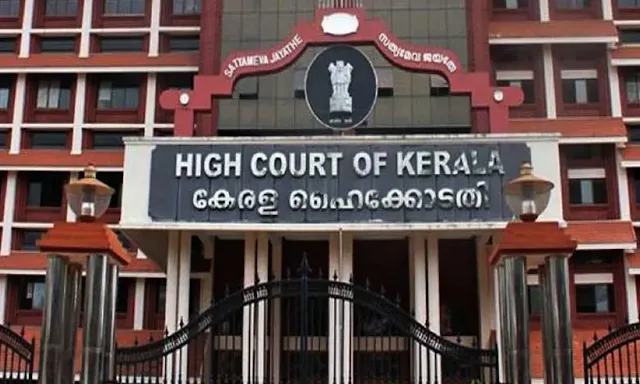The Kerala High Court recently adjudicated a significant custody dispute involving questions of judicial error and the applicability of estoppel. The case underscores the delicate balance between procedural doctrine and equitable outcomes, particularly in family law disputes.
Case Background
The matter arose from a custody conflict between estranged parents. The mother, who had relocated to Canada, left the child under the care of her parents in Kerala. The father, based in Dubai, sought sole custody of the child, arguing that the child’s welfare would be better served under his care. The family court granted the father custody, but disputes over the terms led to a series of legal challenges, including petitions and review pleas.
The case took a pivotal turn when a single-judge bench modified earlier orders regarding visitation and custody arrangements. Dissatisfied with the modifications, the mother approached the division bench for a review, asserting procedural and substantive concerns.
Key Legal Issues
Doctrine of Estoppel
One of the principal arguments raised by the mother was that the father could not challenge the custody orders, having previously accepted some aspects of them. This invoked the doctrine of estoppel, which prevents a party from denying or asserting anything contrary to that which has been established as the truth in earlier proceedings.Judicial Error
The father, in contrast, contended that the single-judge bench’s order contained errors, particularly in its application of principles of child welfare and procedural fairness. He argued that these errors necessitated intervention by the division bench to rectify potential miscarriages of justice.
Court's Analysis
Judicial Accountability and Estoppel
The Kerala High Court’s division bench delved into the interplay between estoppel and judicial errors. The court observed that estoppel is a principle rooted in fairness, designed to prevent inconsistent claims. However, it clarified that estoppel cannot be applied in situations where judicial errors have occurred. Acknowledging mistakes in judicial orders, the court emphasized that rectifying such errors takes precedence over procedural doctrines.
Balancing Procedural and Substantive Justice
The division bench noted that while procedural compliance is essential, it cannot override the imperative of ensuring substantive justice. The welfare of the child, being paramount in custody disputes, required the court to revisit and potentially alter prior orders. The court held that strict adherence to procedural rules must not come at the expense of equity and fairness.
Errors in Single-Judge Order
The court identified specific inconsistencies in the single-judge bench’s ruling, including inadequate consideration of the child's well-being and the implications of the custody arrangement. It found that these errors necessitated a fresh evaluation of the custody terms, taking into account both parents’ circumstances and the best interests of the child.
Decision and Implications
The division bench allowed the review petition, setting aside the impugned orders and directing a comprehensive reexamination of the custody arrangements. The judgment reaffirms the judiciary's commitment to prioritizing the welfare of children in custody disputes, even when it requires correcting judicial errors.
Significance of the Ruling
Child Welfare as Paramount Consideration
The ruling reinforces the principle that child welfare is the cornerstone of custody decisions. Courts must ensure that procedural doctrines do not hinder their ability to act in the best interests of the child.Limits of Estoppel
By clarifying that estoppel cannot be used to perpetuate judicial errors, the judgment underscores the judiciary's responsibility to rectify its own mistakes. This serves as a reminder that fairness and equity must guide legal processes.Judicial Oversight and Accountability
The case highlights the importance of judicial oversight, particularly in family law matters where decisions have profound and lasting impacts on the lives of children and parents.
Conclusion
The Kerala High Court’s ruling exemplifies a balanced approach to procedural and substantive justice. By addressing judicial errors and prioritizing child welfare, the court demonstrated its commitment to equitable outcomes in family law disputes. This decision not only sets a precedent for similar cases but also underscores the judiciary's role as a guardian of fairness and justice.










0 Comments
Thank you for your response. It will help us to improve in the future.